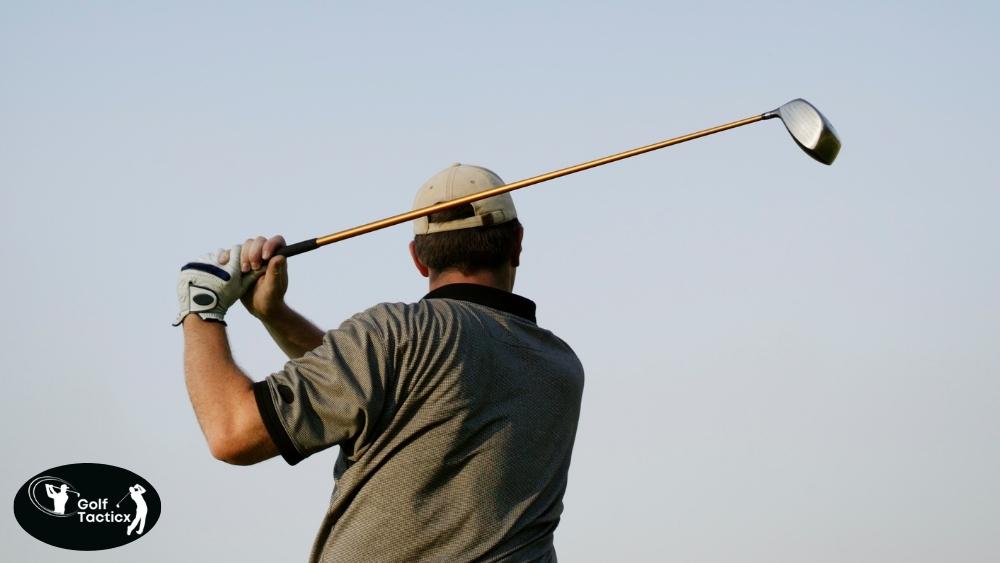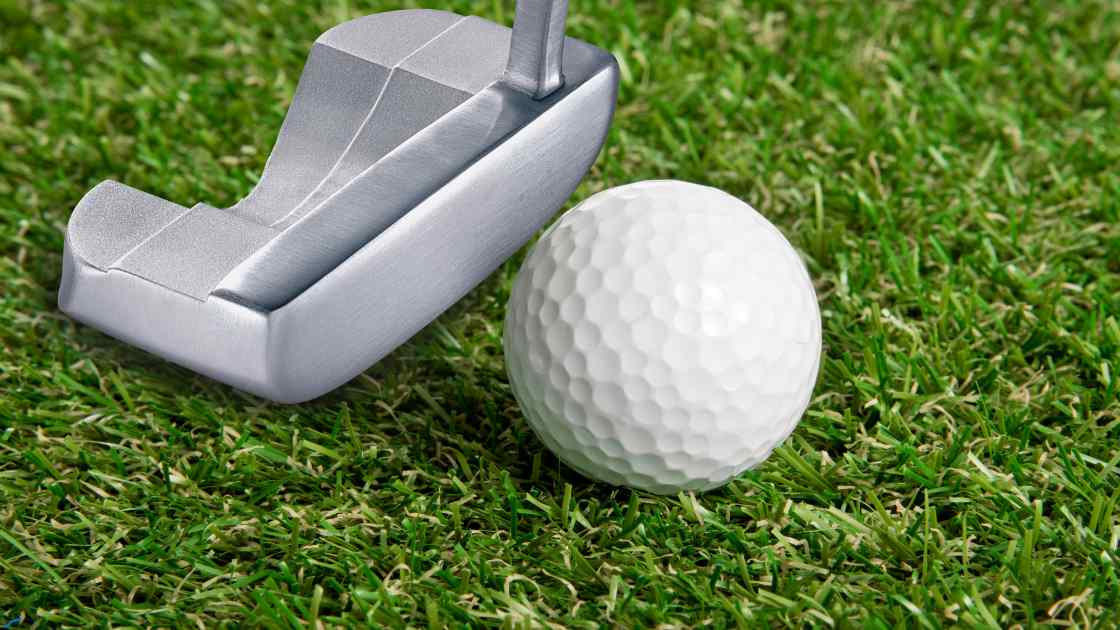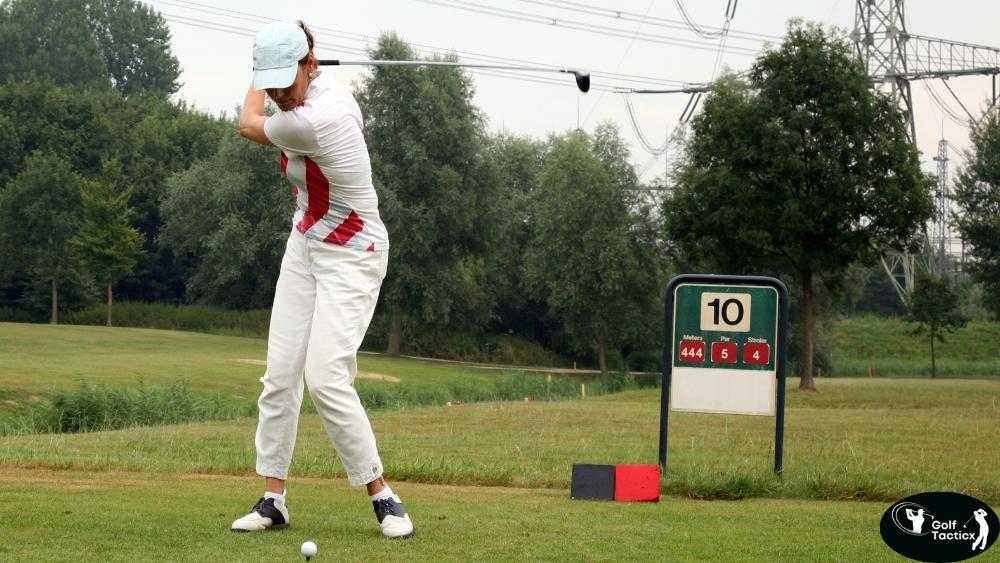In our previous post, we explored how to optimize your swing efficiency for maximum consistency. Now, let’s delve into the key biomechanical movements that define a professional-level golf swing. Understanding these movements will provide you with a solid foundation to elevate your game.
A Professional-Level Golf Swing is what every golfer dreams of achieving. It is the key to hitting the ball farther, straighter, and more consistently. While it may seem difficult at first, learning the basics of a professional swing can make a big difference in your game. Whether you are a beginner or an experienced player, understanding the right techniques will help you improve faster.
A Professional-Level Golf Swing involves good posture, smooth movements, and proper timing. In this article, we will explore the important steps and tips to help you develop a strong and effective swing. With practice and patience, you can elevate your golf game to a whole new level and play with greater confidence and skill. Let’s dive into what makes a golf swing truly professional.
What Are Biomechanical Movements?
Biomechanics is the study of how the body moves. In golf, it refers to the specific movements and forces involved in executing a swing. Mastering these movements is essential for achieving power, accuracy, and consistency.
Key Biomechanical Movements in a Professional-Level Swing
The Backswing: Building Torque and Power
Lower Body Rotation: The swing begins with a rotation of the hips and pelvis, creating torque. This movement stores potential energy, which will be released during the downswing.
Upper Body Rotation: As the hips rotate, the torso and shoulders follow, winding up like a spring. This “X-factor” , the difference in rotation between the upper and lower body plays a crucial role in generating power.
Wrist Hinge: During the backswing, the wrists cock, setting the club at an optimal angle. This hinge stores energy, contributing to clubhead speed upon release.
The Downswing: Unleashing Stored Energy
Lower Body Initiation: The downswing starts with a shift of weight to the front foot, followed by a rotation of the hips. This movement initiates the chain reaction that leads to impact.
Torso and Shoulder Rotation: As the hips rotate, the torso and shoulders follow, unwinding the stored energy from the backswing.
Arm and Wrist Action: The arms drop into position, and the wrists unhinge, accelerating the clubhead toward the ball.
Impact Position: The Moment of Truth
Hip Rotation: At impact, the hips should be rotated toward the target, with the lead hip (left hip for right-handed golfers) leading the movement.
Flat Left Wrist: A flat left wrist at impact ensures the clubface is square to the target line, promoting accuracy.
Weight Transfer: The majority of your weight should be on the front foot, indicating a proper weight shift during the swing.
Follow-Through: Completing the Swing
Full Rotation: The swing concludes with a complete rotation of the body, facing the target, demonstrating balance and control.
High Finish: A high finish with the club over the shoulder indicates a full release of the clubhead, contributing to distance and accuracy.
Practical Drills to Enhance Biomechanical Movements
Incorporating specific drills can help you develop these key movements:
Hip Rotation Drill: Place a club across your hips and practice rotating your lower body while keeping your upper body stable. This drill enhances hip rotation and torque generation.
Torso Rotation Drill: Hold a club horizontally in front of you and rotate your torso back and forth. This exercise improves upper body rotation and flexibility.
Wrist Hinge Drill: Practice hinging and unhinging your wrists without moving your arms. This drill develops proper wrist action and timing.
Weight Transfer Drill: Swing without a ball, focusing on shifting your weight from the back foot to the front foot. This drill promotes proper weight transfer and balance.
Common Mistakes to Avoid
| Common Mistakes to Avoid | Explanation |
|---|---|
| Over-Rotation | Turning your body too much causes you to lose control and miss your target. |
| Early Release | Letting your wrists unhinge too soon lowers your club speed and reduces power in your shots. |
| Insufficient Weight Transfer | Failing to move your weight from back foot to front foot makes your shots weak and uneven. |
| Poor Posture | Standing or bending the wrong way can make your swing less effective and might cause injury. |
To truly master a professional-level golf swing, it’s important to understand these mistakes and work on fixing them. Practicing with focus helps you build muscle memory and improve consistency. When you avoid these errors, your swing becomes smoother and more powerful. Remember, to master a professional-level golf swing, always pay attention to your body movements and keep practicing the right techniques. This will help you play better and enjoy the game more.
Recommended Training Aids
To assist in refining your swing mechanics, consider incorporating the following training aids into your practice sessions:
Orange Whip Trainer
A flexible training aid that helps improve balance, flexibility, and swing tempo.
SKLZ Gold Flex Trainer
Designed to enhance swing strength and flexibility, promoting a more efficient swing.
Tour Striker Smart Ball
A lightweight ball that attaches between your arms to promote proper arm structure and connection during the swing.
Swingyde Training Aid
Assists in developing the correct wrist hinge and swing plane for improved consistency.
Impact Snap Training Aid
Focuses on developing lag and proper wrist release to increase clubhead speed and power.
Conclusion
In conclusion, developing a Professional-Level Golf Swing takes time, practice, and patience. It’s not just about power but also about control, balance, and proper technique. By focusing on the right grip, stance, and smooth swing path, you can improve your consistency and accuracy on the course. Remember, even the best golfers started with basic steps and gradually built their skills.
Keep practicing drills that help you stay focused on your form and rhythm. With dedication, you will notice your game improving steadily. A Professional-Level Golf Swing is achievable for anyone willing to put in the effort and learn the fundamentals well. So, stay confident, keep practicing, and enjoy the journey to becoming a better golfer.
In our next blog post, we’ll explore how to fine-tune your impact position for tour-level ball striking. This crucial aspect of the swing will help you achieve greater accuracy and consistency on the course.
















Leave a Reply